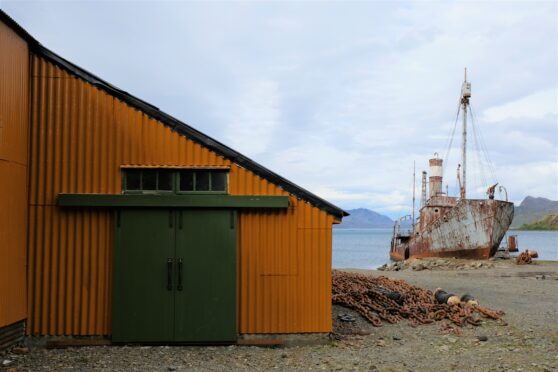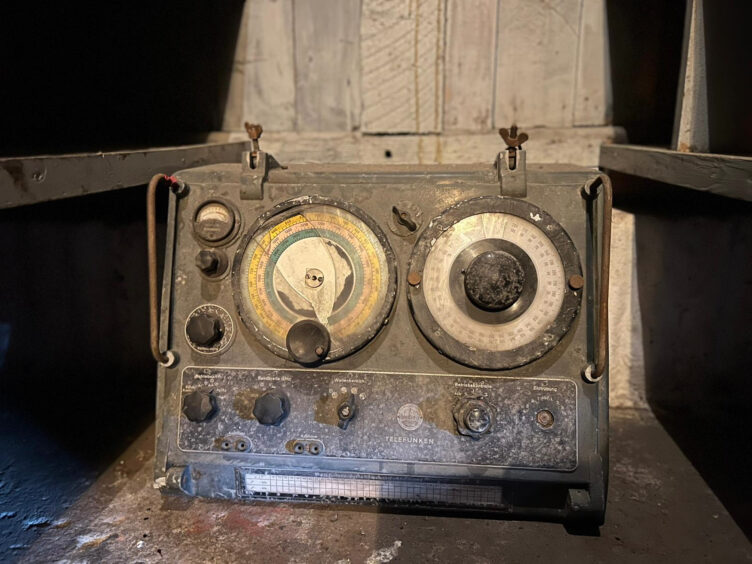
A historic former whaling building in one of the most remote parts of the world has reopened after restoration work by a Dundee-based charity.
The original Main Store on the subantarctic island of South Georgia has undergone five years of work by the South Georgia Heritage Trust (SGHT) alongside the Government of South Georgia & the South Sandwich Islands (GSGSSI).
Located in the Southern Ocean over 1,500km east of the Falkland Islands, the Main Store is at the heart of the island’s principal settlement of Grytviken, an abandoned yet atmospheric former whaling station which ceased operations in the 1960s after decades of whaling.
South Georgia on our mind: Intrepid duo on helping reopen an island museum on the edge of the world
Built around 1920, the Main Store is one of the few remaining original structures to survive on the island where, between 1904 and 1965, over 175,000 whales were processed.
For the whalers the hours were long, the work unpleasant and the weather harsh. But despite the island’s dark past, GSGSSI and SGHT are working to ensure that South Georgia’s human story is told to the 10-15,000 annual visitors to the area.
Jayne Pierce, SGHT Curator of the South Georgia Museum, said: “The Main Store is one of the oldest and largest buildings to survive at Grytviken. Given South Georgia’s remote location it played an essential role in storing the many supplies needed to keep the whaling station and its fleet of vessels running, including feeding and supporting the many men that formed the whaling crews, which was a huge undertaking.”
Visitors will be able see a number of objects for the first time, including harpoon grenades, bone saws, blubber hooks and flensing knives, all essential tools used by whalers throughout the hunting and production process. There’s also thousands of rivets, nuts, bolts, pipes and steam pumps used to maintain and repair the factory, boilers, vessels and machinery.
Visitors can also see a mysterious small ceramic figure named ‘Nisse’, whose provenance and age is unknown. A firm favourite with the team on South Georgia and visitors alike, he’s the unofficial guardian of the Main Store, keeping a watchful eye when the team leaves over winter. During the restoration every heritage item was retained, cleaned, and photographed and any modern items removed. The catalogue is available to view in the South Georgia Museum.
Laura Sinclair-Willis, CEO of GSGSSI said: “The Main Store is central to South Georgia’s intriguing history, and thanks to the support of a team of experts, it is now an accessible time capsule capable of receiving visitors, as well as an important part of the work we are doing to explain the rich cultural history of the island.
“Following a Condition Survey and Structural Report of the Main Store that was published in 2018, our Heritage Build Team, SGHT’s Museum Curator and an Advisory Panel of heritage experts worked over the summer seasons between 2018 – 2023 to remediate the building’s structure.
“This included repainting the entire exterior, removing modern equipment and materials, installing electrical wiring and period lighting fixtures, and replacing windows, giving us the fully accessible building we have today.”

Enjoy the convenience of having The Sunday Post delivered as a digital ePaper straight to your smartphone, tablet or computer.
Subscribe for only £5.49 a month and enjoy all the benefits of the printed paper as a digital replica.
Subscribe © South Georgia Heritage Trust
© South Georgia Heritage Trust